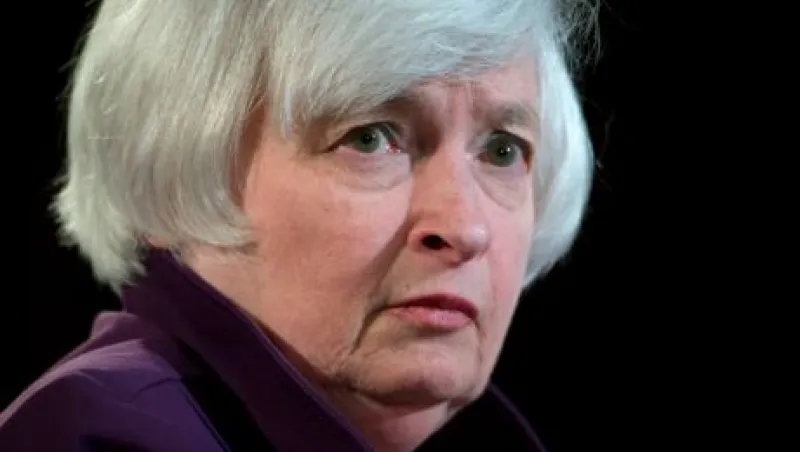It is no secret that strong valuations in global equities and fixed income are based largely on extraordinarily accommodative monetary policy by central banks. Market participants and the media have been speculating for months about the exact timing of the Federal Reserve Board’s first interest rate hike, but the Fed itself has been reluctant to give a clear signal. Don’t expect that to change after today’s meeting of the central bank’s policymaking Federal Open Market Committee.
Yet a careful analysis of recent rhetoric from FOMC members clearly indicates they have three biases that will shape this pivotal decision.
First, the FOMC wants to begin rate normalization in 2015.
Despite the global financial market volatility in June and July, prominent FOMC speakers have not flinched in their resolve to begin raising rates this year. As one would expect, several hawkish committee members, including Fed presidents James Bullard in St. Louis and Loretta Mester in Cleveland, voiced their preference for a rate hike — or two! — in 2015. Although it is not surprising they would favor a rate hike sooner rather than later, it warrants additional attention when others voice the same resolve.
That’s what Fed chair Janet Yellen herself did in a speech on July 10, right in the midst of the uncertainty about the plight of Greece. “Based on my outlook, I expect that it will be appropriate at some point later this year to take the first step to raise the federal funds rate and thus begin normalizing monetary policy,” she stated. Yellen reiterated this point in her testimony before both House and Senate subcommittees the following week.
Second, the Fed wants to move on the back of strong economic data.
The mere mention of a slowing of bond purchases by the Fed was enough to send financial markets reeling during the so-called taper tantrum a couple of years back. A rate increase accompanied by a tailwind from strong economic data would help ensure a smooth transition for U.S. financial markets. Current valuations in the markets could be better justified by stronger economic and growth fundamentals, even as the Fed removes policy accommodation. The lack of such strength earlier this year is, one might surmise, what caused the FOMC to delay its supposed original plan of raising rates in June.
Finally, the FOMC will be very cautious about inflation.
For more than three years now, key measures of core inflation have been below the Fed’s 2 percent objective — the longest stretch of time that core inflation has remained below that threshold in more than 50 years. One has to go back to the early 1960s to find as long a stretch of soft inflation. Given this persistent disinflation, it is easy to see how FOMC members would want to be doubly sure about the strength and sustainability of any upward trend in inflation before actually pulling the trigger on rates.
What does all this mean for the likely timing of a Fed hike?
Expect economic data during the second half of the year to be good enough for the FOMC to raise rates. At current trajectories, third-quarter economic and job growth will strengthen, and inflation is likely to firm sufficiently. These conditions should provide an opening as early as September for the first interest rate hike in nearly a decade. The majority of the committee will want to see additional data confirming the improvement in inflation, however, especially in light of the duration of the current disinflationary period. Given this deliberate approach by the center of the committee, the FOMC will likely move to raise interest rates in December.
The initial hike will be followed by a pause of three to six months in 2016. The FOMC has made very clear that markets should not expect rates to be increased steadily or rapidly once normalization begins. In fact, investors should expect more than one pause in this rate cycle, which would allow financial markets to fully digest the shift in policy and also provide a buffer to ensure that economic trends remain positive.
Shehriyar Antia is the founder and chief market strategist at Macro Insight Group, an investment strategy firm based in New York. Prior to founding MIG, he worked on quantitative easing programs and monetary policy as a senior market analyst at the Federal Reserve Bank of New York.
Get more on macro.






